With environmental packaging labels becoming more prevalent in recent years, consumers have become bombarded with new, oftentimes similar terminology. “Naturally-sourced”, “eco-friendly”, and “biodegradable” are just a few examples of the environmental claims consumers see on the packaging of products in the marketplace. Even the most environmentally-conscious consumers can become easily confused by the various labels, making it difficult to make an informed purchase decision.
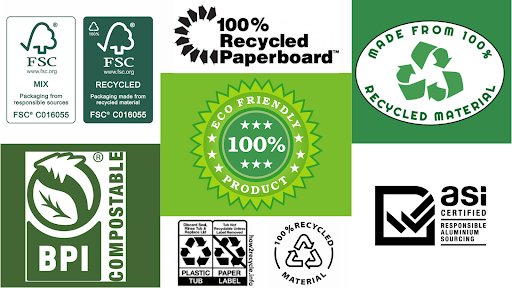
Consumer Confusion
According to Deloitte’s 2022 consumer survey, over half of the consumers surveyed consider a product sustainable if it uses minimal packaging or packaging that is compostable, recyclable, or biodegradable. However, only 27% view a product with an environmental benefit labeled on the packaging to be sustainable, and even less noted that such labeling impacted their purchase. Thus, there is confusion among consumers about which on-pack environmental labels have merit and which are simply buzzwords.
Another study conducted by QuadPackaging and Package InSight, found that 92% of participants who “shopped” in Clemson University’s Retail Lab did not notice sustainability labeling on packaging, even though 40% of them reported that sustainability influences their buying choices. According to Quad Packaging’s Paul Nowak, Senior Director of Sales Strategy and Business Development,
“Consumers have become numb to all the messaging on packaging, which hinders the penetration of sustainability claims.”
It is no wonder then that consumers and sustainability watchdogs make waves to bring attention to the validity of sustainability claims, especially as companies leverage sustainability for marketing as well as for the greater good.
The Federal Trade Commission’s “Green Guides”
To help prevent confusion among consumers in the United States with the increase in environmental marketing, the Federal Trade Commission (FTC) released their Guides for the Use of Environmental Marketing Claims, commonly referred to as Green Guides. Most recently updated in 2012, the Green Guides help marketers understand the boundary between applicable and deceptive environmental marketing.
The Green Guides, along with their easy-to-read summary counterpart, consist of general environmental marketing best practices, as well as a closer look into specific claims such as compostable, degradable, recyclable, recycled content, and free-of. At the heart of the Green Guides is the message that marketers should avoid language that could mislead or confuse consumers. The guidelines highlight the importance for environmental marketing to avoid vague environmental benefits because marketers are responsible for ensuring that all reasonable interpretations of their claims are truthful, not misleading, and can be validated with scientific data. It is therefore important that environmental marketing instead contains clear, prominent, and specific language.
While the Green Guides are not federal laws or regulations, the FTC is able to take legal action against corporations in situations where the environmental marketing claims violate the guidelines set forth in the Green Guides. According to Jessica Rich, Former Director of the Federal Trade Commission’s Bureau of Consumer Protection from 2013-2017,
“It’s no secret that consumers want products that are environmentally friendly, and that companies are trying to meet that need. But companies that don’t have evidence to support the environmental claims they make about their products erode consumer confidence and undermine those companies that are playing by the rules.”
11 Environmental Terms to Know While Shopping
“Eco-friendly,” “green,” “naturally-sourced,” “naturally-derived” –
The Green Guides heavily advise marketers against using vague language because it would be impossible for the marketers to validate each reasonable interpretation of “eco-friendly” or “green.”
“Compostable” –
For a product or package to be marketed as compostable, there should be scientific evidence to support that each of the components will break down into usable compost. Further, the marketing should include whether the product or packaging is able to be composted in the consumer’s backyard or if it requires industrial composting. BPI is one prominent organization that provides compostable certification, in which products undergo a rigorous assessment process to ensure that the products can be safely turned into compost in commercial composting facilities.
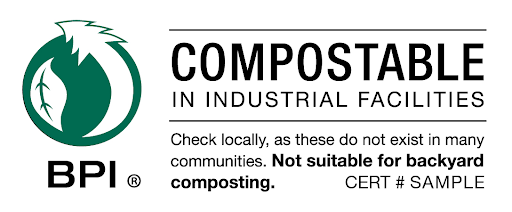
“Degradable”, “Biodegradable” –
For a product or package to be marketed as degradable, there needs to be scientific evidence to substantiate that the item will entirely break down in a reasonably short period of time. The FTC defines “a reasonably short period of time” for degradability to be one year.
“Recyclable” –
When claiming that an item is recyclable, the FTC cautions marketers to be mindful of the recycling capacities of the communities in which the item is sold. As a rule of thumb, the less access a product’s intended market has to the required recycling facilities, the more the marketing should emphasize its limited recyclability. How2Recycle provides a helpful guide for marketers and consumers alike to take the guesswork out of recyclable labels.
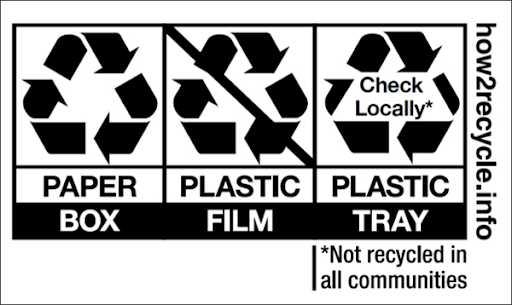
“Recycled content” –
Made from “recycled content” is only applicable when the product is manufactured from post-consumer materials. The FTC states that it would also be misleading for a product or package to be labeled “made from recycled content” when only a small component is made from recycled materials and the bulk is virgin material.
“Free-of” –
In order for marketers to label an item as “free-of” a substance, the item cannot have more than background levels of that substance and the substance must have been purposefully left out of the item. Meaning, the substance was not replaced by a similar substance that has a similar harmful impact. The FTC also says that it would be misleading for a product to be labeled as “free-of” a substance that has not been traditionally associated with that product.
“Responsibly-sourced” –
According to one definition produced by Amcor, responsibly-sourced refers to a product or packaging whose raw materials were sourced from socially and environmentally responsible suppliers and confirmed by a certification. Such certifications include the Aluminum Stewardship Initiative and the Forest Stewardship Council.
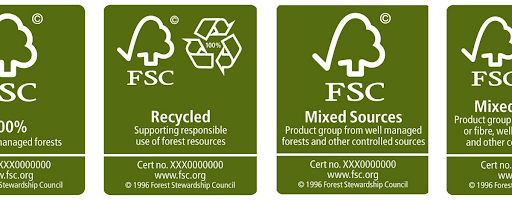
Conclusion
Companies are increasingly adopting sustainability goals and informing customers of the ways they intend to improve. The U.S. Plastics Pact, for example, asks its members to use more PCR content and use packaging that is recyclable, compostable, or reusable. We certainly hope that companies and regulators will move towards more rigorous and transparent measures to validate these claims and better inform consumers. In the meantime, and because of the large amount of environmental labels on products nowadays, it is important for consumers to be armed with the knowledge of which terms have merit. The FTC is expected to release an updated Green Guide later this year to touch on terms that have become more prevalent since the 2012 edition.
Trayak has been helping leading brands of all sizes make data-driven sustainability decisions for over 10 years. If you would like to learn more about our tools and services please contact us.

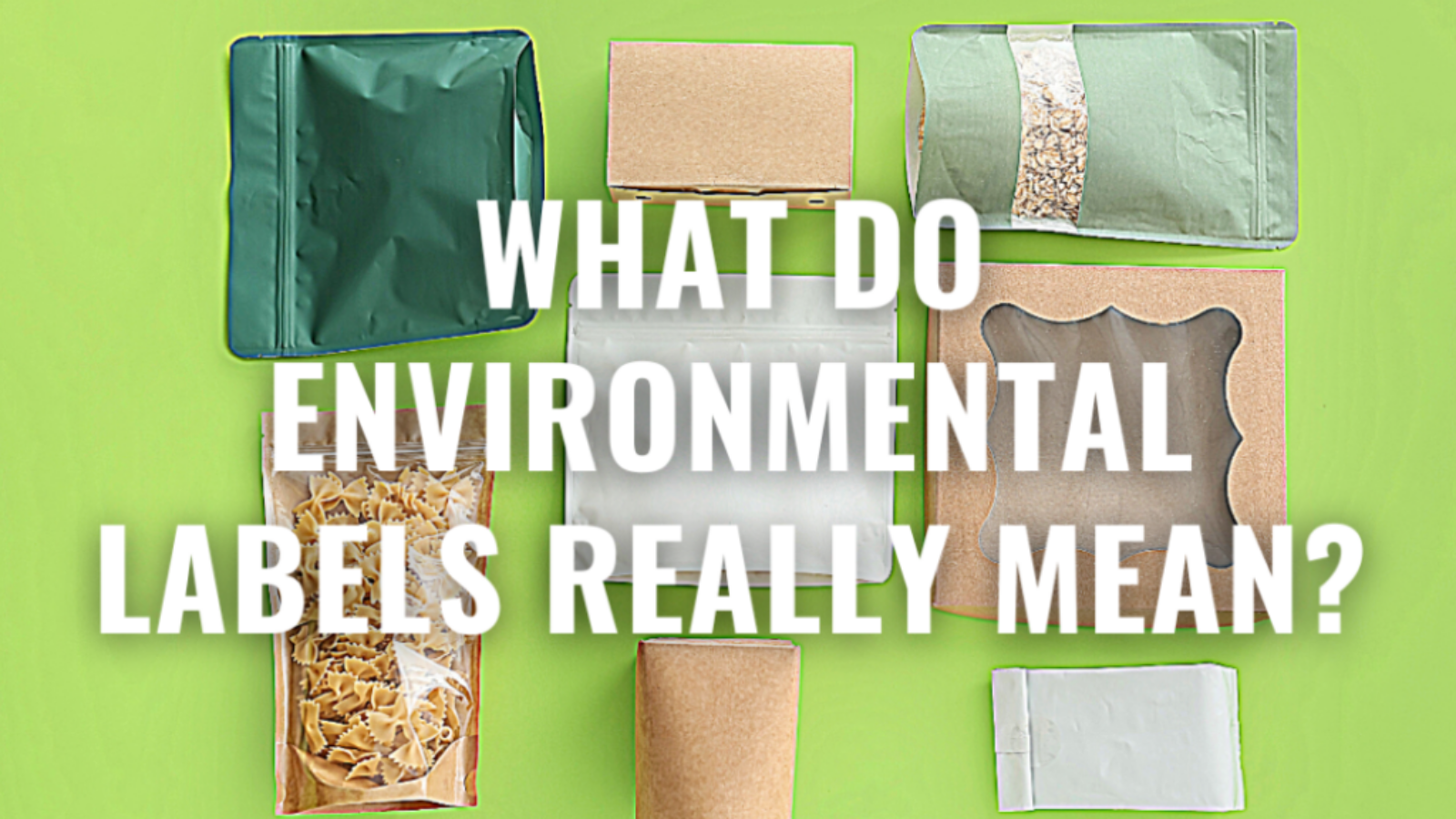
Add a Comment
You must be logged in to post a comment